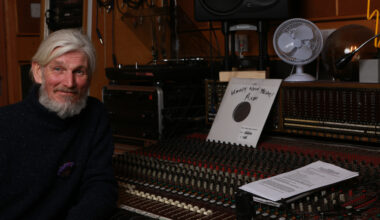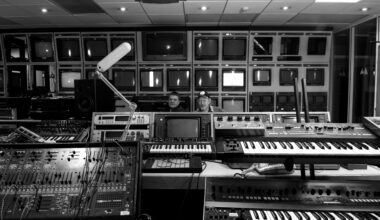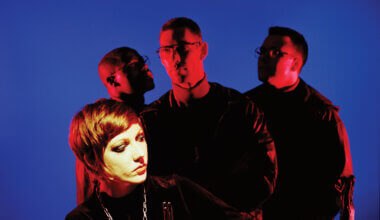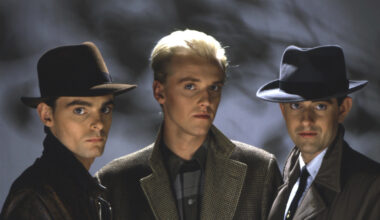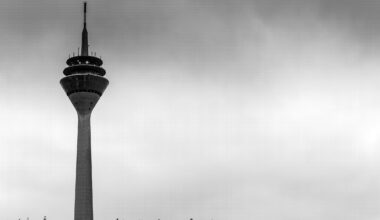A special report from Ljubljana on electronic music in Slovenia, a country with an exciting and thriving scene headed up by Laibach, but boasting a host of less-celebrated bands, producers, labels and more
Want to read more?
Sign up to Electronic Sound Premium to gain access to every post, video, special offers, and more. 100%, all you can eat, no commitment, cancel any time.
Already a premium member? Log in here
